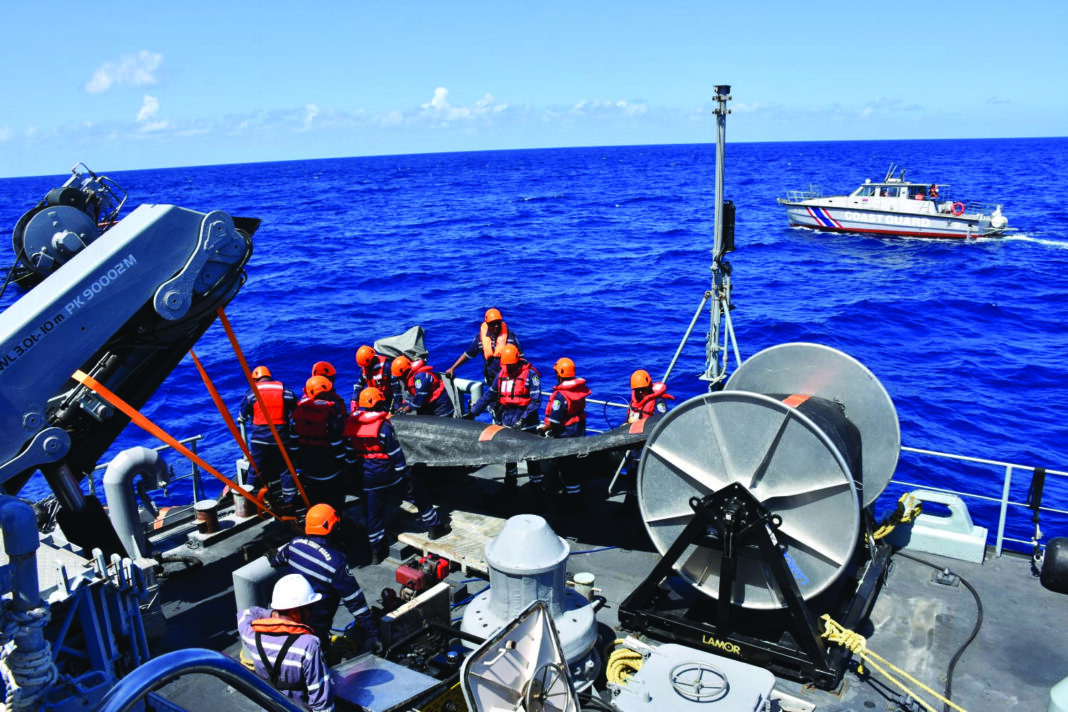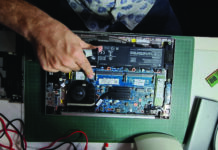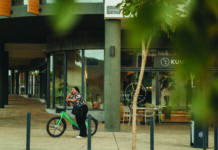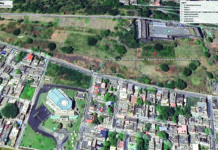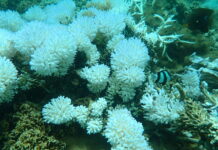“Mauritius set up a fairly robust system, and scored 3.5 out of a maximum of 4.9. The simulation exercise was a success.” Raj Mohabeer of the Indian Ocean Commission (IOC) sums up the conclusions of the independent evaluation committee that monitored the marine pollution simulation exercise as followseheld at the end of September off Rivière Noire.
Dominique Bellier
This simulation and the activation of the national contingency plan to contain it mobilized 400 agents from the many national, regional and international services called upon to intervene in such situations. All this required several months of preparation as part of the MASE maritime safety program, implemented by the IOC with funding from the European Union and under the aegis of the Nairobi Convention.
The last comparable field exercise took place in Madagascar in 2019. But in the meantime, the grounding of the Wakashio and the ensuing oil spill have taught us a lot. We learn from our mistakes and, in Mauritius, the 2003 National Oil Spill Contingency Plan was revised in the wake of this tragedy, to strengthen prevention and response mechanisms against the discharge of harmful substances into our waters.
Mauritius has been equipped with oil spill prevention equipment since 2012, but this kind of event calls for the activation of a whole range of national and regional logistics. Vêlayoudom Marimoutou, Secretary General of the IOC, insists on the need for regional cooperation: “There is not a single state in the zone that is in a position to deal alone with the growing risks of pollution at sea and of a level comparable to the Wakashio episode.”
Regional mechanism
The number and size of oil tankers and other bulk carriers passing through the area are constantly increasing. Specific shipping routes are planned, and countries are informed in advance of their passage through their waters, enabling them to refuse those considered to be at risk. But when marine pollution occurs, speed of reaction is everything…
On D-day, an oil spill was simulated off Rivière Noire and reported to the Mauritius Command Centre, which immediately informed the National Disaster Risks Reduction and Management Centre, then the Regional Operations Coordination Centres (CRCO) in the Seychelles, and the Maritime Information Fusion Centre (CRFIM) in Madagascar. The machine is set in motion, and the IOC offices house an operations center, with officers from the National Coast Guard and regional centers.
In addition to satellite tracking, the Dornier and drones provide aerial surveillance. The coastguard vessel Barracuda brings the containment buoys to the site, while another small vessel deploys them… This kind of exercise must be held regularly to bring equipment and procedures up to date. Kenya is already in the running for the next simulation.



